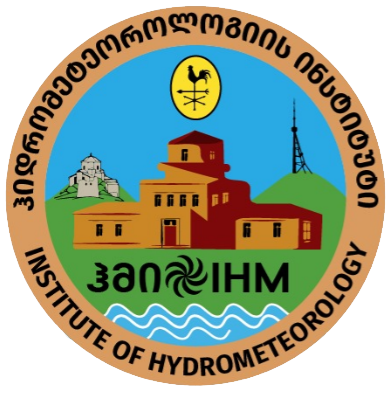UDC:111.111
Drought monitoring capabilities through machine learning /A. Palavandishvili/ Transactions IHM, GTU. -2025. -vol.136. -pp.87-91. - Georg., Summ. Georg., Eng.Rus.
One of the key current problems in physics is studying atmospheric physical processes using modern methods and new data. Drought is among the most serious natural threats for many regions worldwide, including Georgia. This study focused on Georgia, using data from 1960–2022 obtained from the National Environmental Agency, as well as Copernicus ERA5 precipitation reanalysis data from 1960–1990, which were compared with ground station data in Georgia for validation. The analysis of ground and satellite data showed that using machine learning regression methods, data from 1960–2000 are sufficient for training, while 2001–2022 data can be used for testing. The SPI-3 (three-month Standardized Precipitation Index) was chosen as the target variable. Applying machine learning models and algorithms for precipitation analysis, drought monitoring, and forecasting is appropriate for Georgia and other regions with a 60-year observational record. The results are recommended for use in early warning systems for drought monitoring.

